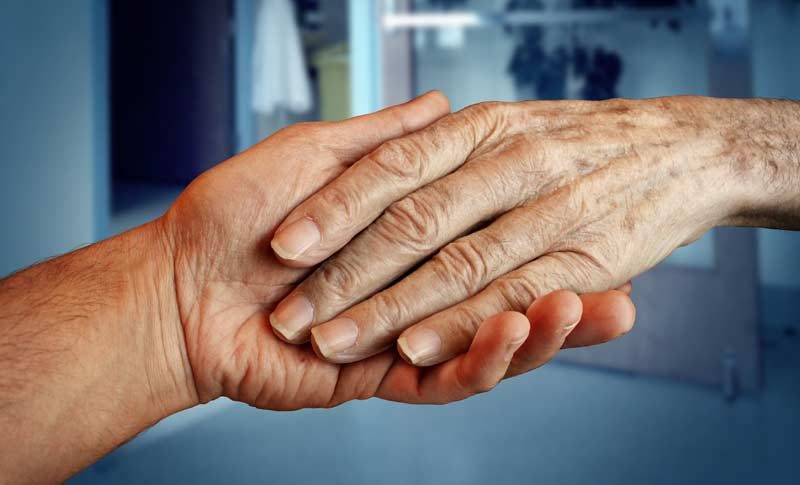In 2013, the direct medical costs of older adult falls, adjusted for inflation, were $34 billion. With the population aging, both the number of falls and the costs to treat fall injuries are likely to increase.
How big is the problem?
- One in three adults aged 65 and older falls each year. Of those who fall, 20% to 30% suffer moderate to severe injuries that make it hard for them to get around or live independently, and increase their risk of early death.
- Older adults are hospitalized for fall-related injuries five times more often than they are for injuries from other causes.
- Annually, emergency departments treat about 2.5 million nonfatal fall injuries among older adults; more than 30%, or about 734,000 of these patients have to be hospitalized.
How are costs calculated?
The costs of fall-related injuries are often shown in terms of direct costs.
- Direct costs are what patients and insurance companies pay for treating fall-related injuries. These costs include fees for hospital and nursing home care, doctors and other professional services, rehabilitation, community-based services, use of medical equipment, prescription drugs, changes made to the home, and insurance processing.
- Direct costs do not account for the long-term effects of these injuries such as disability, dependence on others, lost time from work and household duties, and reduced quality of life.
How costly are fall-related injuries among older adults?
- In 2013, the total direct medical costs of fall injuries for people 65 and older, adjusted for inflation, was $34 billion.
- Among community-dwelling older adults, fall-related injury is one of the 20 most expensive medical conditions.
- In 2002, about 22% of community-dwelling seniors reported having fallen in the previous year. Medicare costs per fall averaged between $14,306 and $21,270 (in 2013 dollars).
- Among community-dwelling seniors treated for fall injuries, 65% of direct medical costs were for inpatient hospitalizations; 10% each for medical office visits and home health care, 8% for hospital outpatient visits, 7% for emergency room visits, and 1% each for prescription drugs and dental visits. About 78% of these costs were reimbursed by Medicare.
How do these costs break down?
Age and sex
- The costs of fall injuries increase rapidly with age.
- Costs of both fatal and nonfatal falls are higher for women than for men.
- Medical costs for women, who comprised about 60% of older adults, are two to three times higher than the costs for men.
Type of injury and treatment setting
- Approximately three-fourths of fall deaths, and three-fourths of total costs, are due to traumatic brain injuries (TBI) and injuries to the lower extremities.
- Injuries to internal organs are responsible for about 28% of fall deaths and account for about 29% of costs.
- Fractures are both the most common and most costly nonfatal injuries. Just over one-third of nonfatal injuries are fractures, but these account for about 61% of total nonfatal costs.
- Hospitalizations account for nearly two-thirds of the costs of nonfatal fall injuries and emergency department treatment accounts for about 20%.
- On average, the hospitalization cost for a fall injury is over $35,000.
- Hip fractures are the most serious and costly fall-related fracture. Hospitalization costs account for about 44% of the direct medical costs for hip fractures.
SOURCE: Centers for Disease Control and Prevention, Atlanta, GA , USA
http://www.cdc.gov/HomeandRecreationalSafety/Falls/fallcost.html



